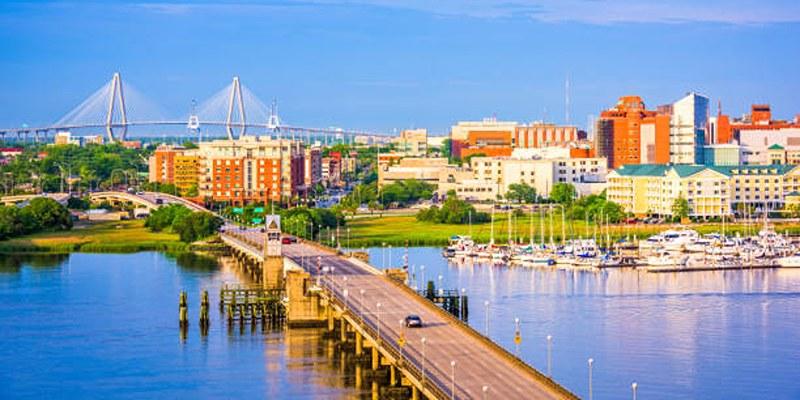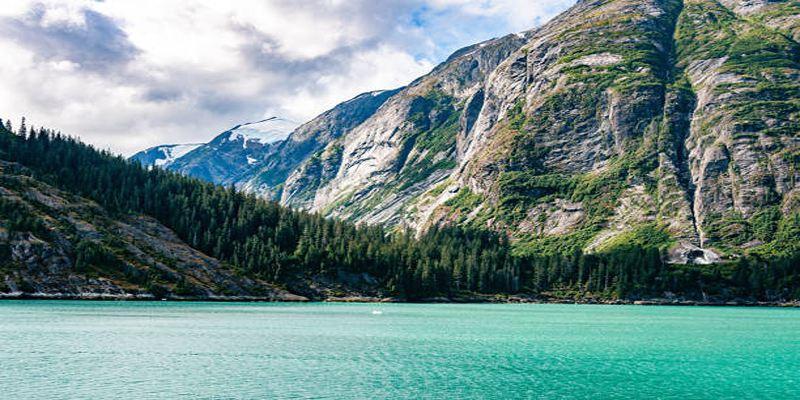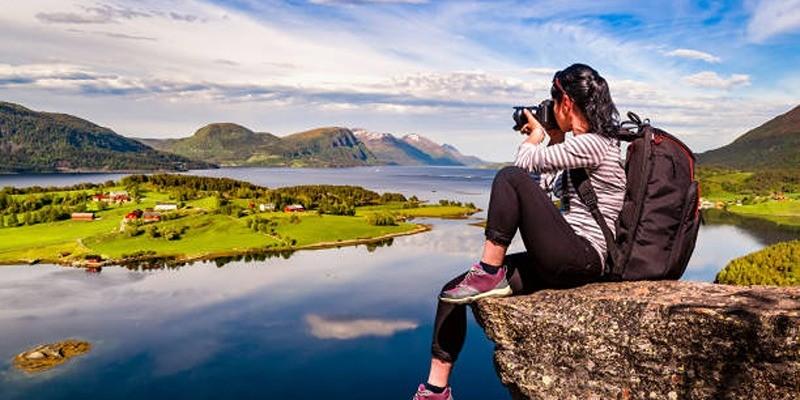Tucked into the Caribbean waters off Nicaragua’s eastern coast, Little Corn Island offers a slow-paced and visually rich travel experience. With no cars, few paved roads, and a limited digital presence, this small island provides the perfect setting for those seeking calm, natural beauty and a setting where each moment feels unhurried. For anyone traveling with a camera, Little Corn Island becomes a living gallery—each stretch of shoreline, trail, and reef adding to a personal collection of peaceful memories.
A visit here is not about ticking off tourist attractions. It’s about capturing mood, movement, and moments that often pass unnoticed in busier destinations. With every step, the island invites travelers to observe rather than rush, to see more than just scenery.
Getting to Little Corn Island
Reaching Little Corn Island requires a multi-step journey. Travelers typically fly from Managua to Big Corn Island and then transfer by boat to the smaller isle. As the ferry approaches, the water begins to shimmer in clear tones of turquoise and cobalt. The closer the boat gets, the more the palm-lined coast comes into focus—beaches stretch out quietly, and the absence of large buildings becomes immediately noticeable.
What follows is a short walk from the dock to wherever the traveler stays. No taxis, no cars, just a few wheelbarrows for luggage and sandy paths for navigation. This arrival itself sets the tone for everything to come: simple, slow, and rooted in nature.
Photographing the Coastline
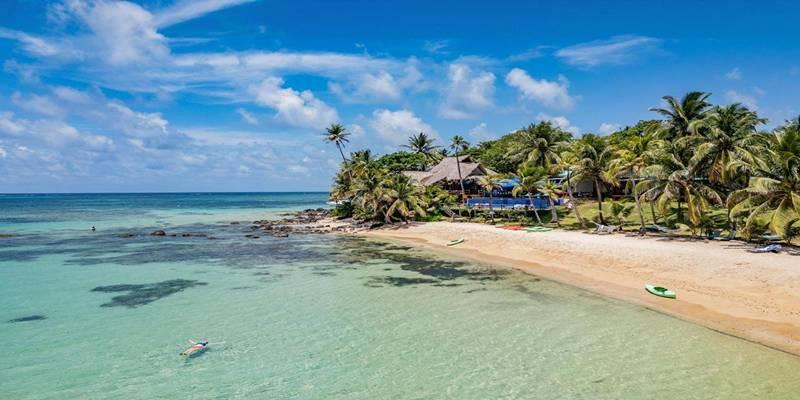
Little Corn Island may be compact, but its coastal diversity gives photographers and beach lovers plenty to work with. The eastern side features more rugged landscapes, open to the sea breeze and textured with driftwood and coral remnants. These beaches are often less visited, giving a sense of privacy and space ideal for reflective walks or landscape photography. The colors during early morning or late afternoon create soft gradients across the sky and sea, perfect for wide-angle shots or minimalist compositions.
In contrast, the western and southern beaches are smoother and more familiar, with long, sandy curves, shallow water, and palm trees that arch over the shore. These spots offer opportunities for symmetry, natural framing, and relaxed seascapes. When the light is just right, the ocean glows, and reflections bounce gently off the sand and waves.
Nature Trails and Forest Paths
Though the island is best known for its coastline, its inland areas offer a different kind of beauty. Narrow footpaths lead through jungle terrain, where dense tropical plants create layered textures and green-toned depth. Cameras focused on detail—droplets on leaves, the curve of a vine, the contrast between tree bark and sky—find inspiration at every turn.
The island is also home to birds, lizards, and butterflies, each moving quietly within the landscape. Some travelers choose to explore early in the morning to catch soft light filtering through the canopy. The experience is peaceful, and for photographers, each step reveals a chance to capture not just what’s seen but what’s felt—stillness, curiosity, and calm.
Snorkeling and Underwater Scenes
Surrounding the island are coral reefs and underwater rock formations accessible by snorkel or boat. Snorkeling near the shore reveals bursts of color and movement—schools of fish, sea fans waving in the current, and patches of coral illuminated by sunlight from above.
Underwater photography can be especially rewarding here due to the clarity of the water and the proximity of the reefs to the beach. Lightweight action cameras and waterproof housings allow travelers to capture reef life without needing deep dives or advanced gear. Sea turtles, stingrays, and colorful parrotfish are among the common sights.
For those who prefer to observe rather than photograph, the underwater world offers the same sense of wonder and a reminder of the rich ecosystems thriving quietly just below the surface. It's an experience that lingers long after the fins come off and the salt is rinsed away.
Golden Hours and Sky Transitions
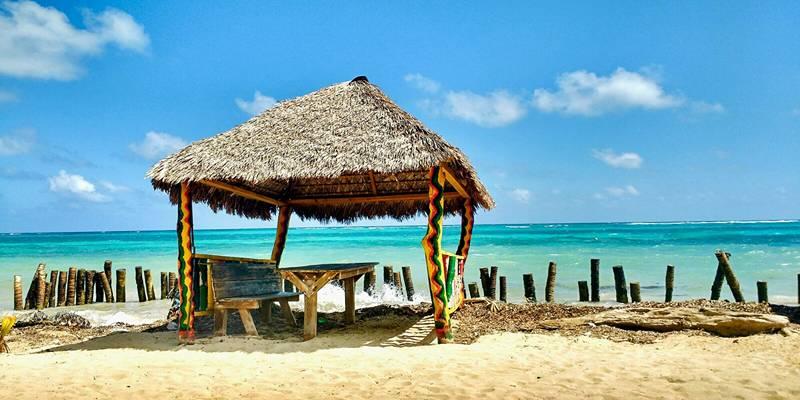
The island’s position allows for both sunrise and sunset views, each offering distinct color palettes and moods. Morning skies often bring cool, soft pastels, ideal for serene beach captures and quiet early walks. As the day ends, the western horizon comes alive with gold, orange, and pink tones, mirrored across the calm water.
For those capturing with a lens, this time is ideal for long-exposure shots, silhouettes, and coastal compositions that highlight the interaction between light and landscape. But even without a camera, the experience itself leaves a lasting impression. Few sounds, no rush—just the rhythm of the sea and the shift of the sky.
Local Life and Island Energy
Though modest in size, Little Corn Island has a small but vibrant community. Locals operate shops, guesthouses, and kitchens, always with a calm and welcoming demeanor. Daily routines are unhurried. Supplies arrive by boat, children walk barefoot along forest paths, and neighbors greet each other by name.
Visitors observing this pace often find it resets their rhythm. Whether watching fishermen prepare their lines or seeing artisans craft by hand, the scenes offer small glimpses into a life shaped more by nature than by clock time. For travel writers or documentarians, it’s an opportunity to reflect a place not just through visuals, but through mood and tone.
Conclusion
Little Corn Island is not a destination filled with scheduled attractions or packaged experiences. Instead, it invites travelers to slow down, observe, and enjoy what’s already there. With its quiet paths, textured beaches, and open skies, it offers space for peace, for creativity, and presence.
Through the lens of a camera or the clarity of an unfiltered moment, every part of the island reflects simplicity. No noise, no urgency—just soft footsteps on sand, waves rolling gently across coral, and palm leaves shifting in rhythm with the breeze. It’s not just a place to see—it’s a place to feel, and one that leaves a lasting image in the memory long after the journey home.



